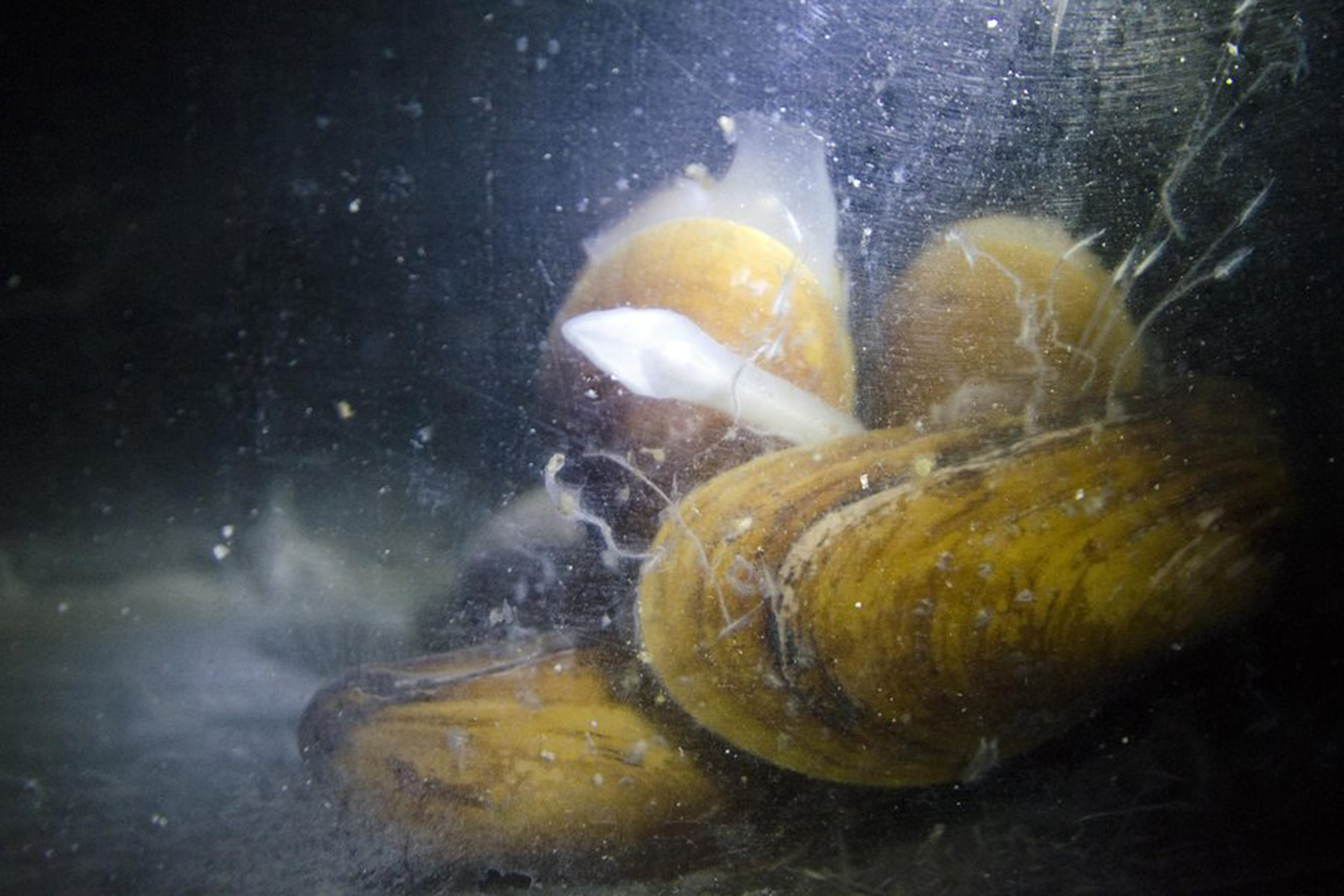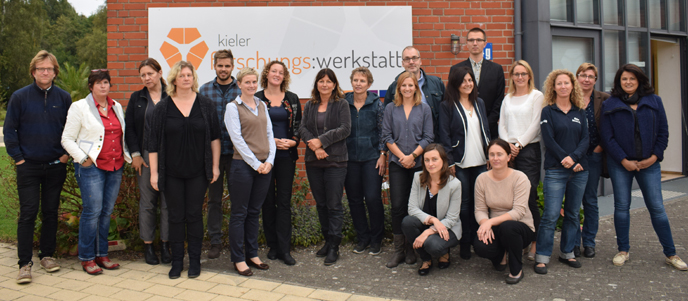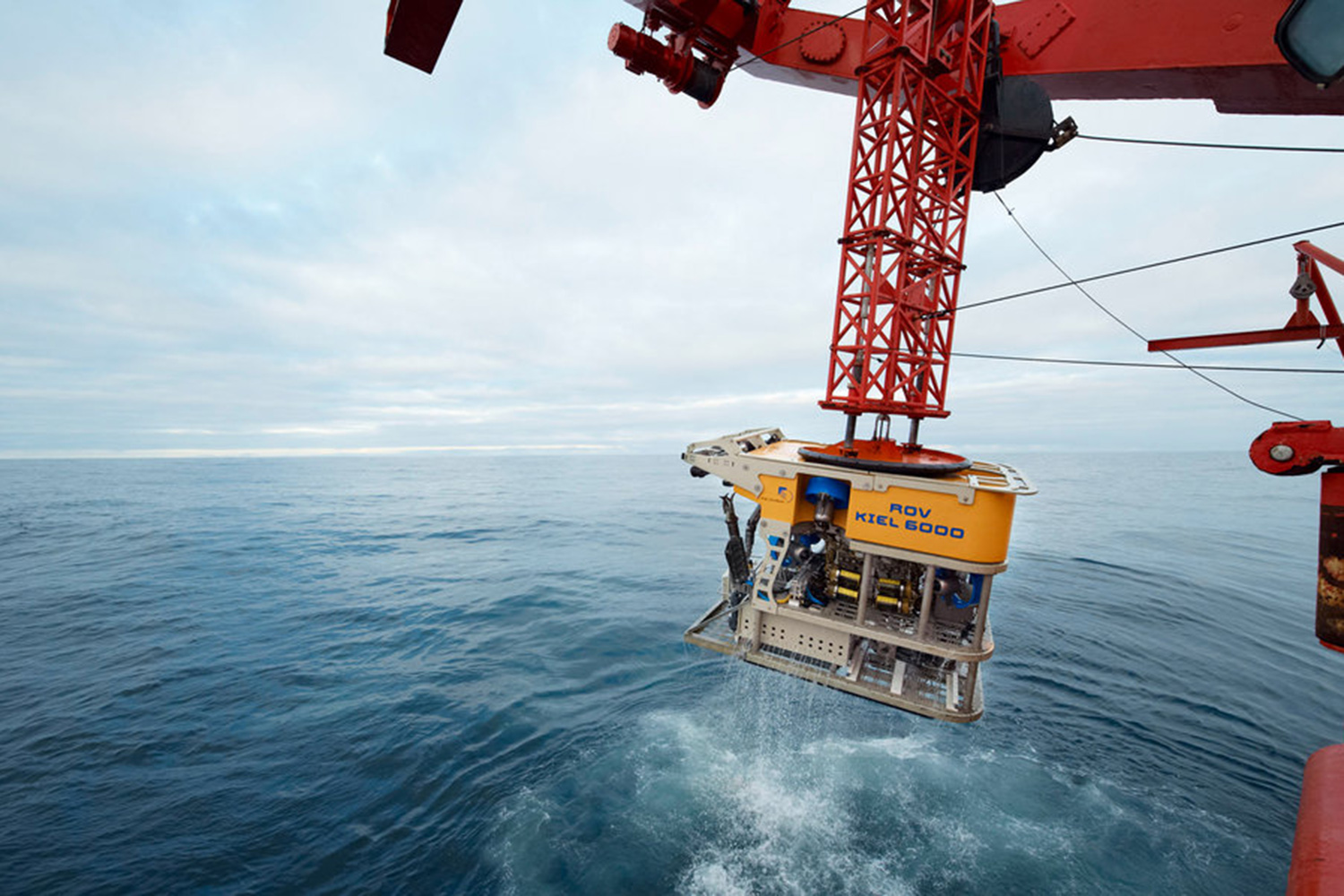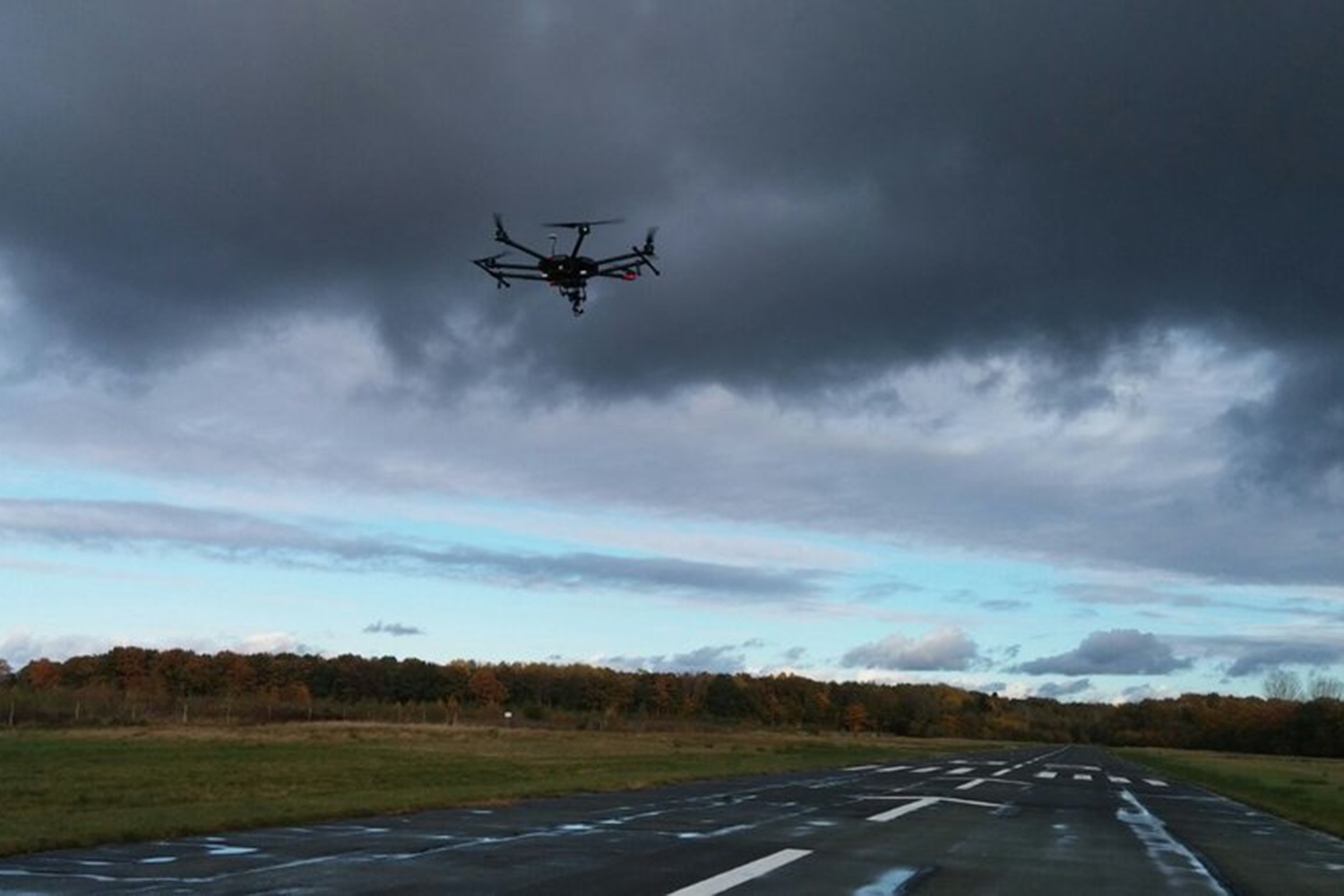By combining oceanographic modeling with genetic analyses in mussels of the genus Bathymodiolus a group of scientists from Germany, France, Austria, Canada and the United States now show that many, so far undetected hydrothermal vents must exist that serve as intermediate stops for dispersal. The study, which was led by scientists from GEOMAR Helmholtz Centre for Ocean Research Kiel, has been published today in the international journal Current Biology.
Giant, flower-like tubeworms, foot-long mussels, armored snails, ghostly fish ― these are only a few examples of the unique species diversity that occurs at deep-sea hot springs, also called hydrothermal vents or "black smokers". These ecosystems originate only at tectonically or volcanically active sites of the ocean floor and are therefore patchily distributed in an otherwise sparsely populated deep-sea environment. In many cases, like on the Mid-Atlantic Ridge, hydrothermal vent fields are separated by several hundreds to thousands of kilometers. Since many vent-dwelling animals are sessile as adults, connections between remote vent fields can only be established via free-swimming larval stages.
However, it has hitherto remained a mystery how exchanges between different vent populations are actually achieved, given that it is practically impossible to investigate larval dispersal in the open ocean. In a new study led by GEOMAR Helmholtz Centre for Ocean Research Kiel a group of scientists from Germany, France, Austria, Canada and the United States sheds light on this phenomenon. The results have been published today in the international journal Current Biology.
"To assess connectivity between different vent fields of the Mid-Atlantic Ridge we have applied a combination of high-resolution genetic analyses and computer simulations of larval dispersal. As study organism we have chosen mussels of the genus Bathymodiolus, as these animals are key species in hydrothermal ecosystems worldwide", says Dr. Corinna Breusing from GEOMAR, first author of the study.
For the oceanographers involved in this study this attempt has been a pioneering work. "There exist virtually no data on current patterns of the deep sea. We had to experiment with different ocean models and particle tracking codes until we got realistic simulations of larval drift", Professor Arne Biastoch from GEOMAR explains. In particular, it has also been exciting for him to support the modeling data with molecular biological analyses ― "This is a combination that has rarely been applied so far", says Biastoch.
In total, the team has worked more than three years to finish their study, which has been part of Corinna Breusing's dissertation within the transatlantic graduate school HOSST. As no appropriate genetic data were available for Bathymodiolus, the working group had to develop all molecular markers for their population genetic analyses from scratch. Results from these analyses indicate that connectivity does exist between known mussel populations of the Mid-Atlantic Ridge. Nevertheless, these exchanges do not seem to occur directly within one generation, as mussel larvae usually do not reach vent fields that are more than 150 km away from their natal site.
"In turn this means that there must be or must have been other so far undiscovered vent fields or equivalent habitats on the Mid-Atlantic Ridge that serve as intermediate stops for dispersal. We call these habitats „phantom" stepping stones as we do not know where they are and how they look like", Professor Thorsten Reusch from GEOMAR, senior author of the study concludes.
The results by Breusing and her colleagues are also relevant as hydrothermal ecosystems contain special sulfide deposits, which represent potential future mineral resources. "When mining of these sulfide deposits becomes reality, it will be necessary to design appropriate conservation areas that consider the dispersal routes of vent larvae", says Dr. Beusing. "We hope that our study promotes further research on other organisms and geographic regions to obtain enough information for the development of efficient management plans".
Original article:
Breusing, C., A. Biastoch, A. Drews, A. Metaxas, D. Jollivet, R. C. Vrijenhoek, T. Bayer, F. Melzner, L. Sayavedra, J. M. Petersen, N. Dubilier, M. B. Schilhabel, P. Rosenstiel, T. B. H. Reusch (2016): Biophysical and Population Genetic Models Predict the Presence of “Phantom” Stepping Stones Connecting Mid-Atlantic Ridge Vent Ecosystems. Current Biology, 26, 1-11,
http://dx.doi.org/10.1016/j.cub.2016.06.062
Links:
www.geomar.de/en/studying/phd/hosst
Contact:
Jan Steffen (GEOMAR, Communication & Media), Tel.: 0431 600-2811
presse@geomar.de
…



